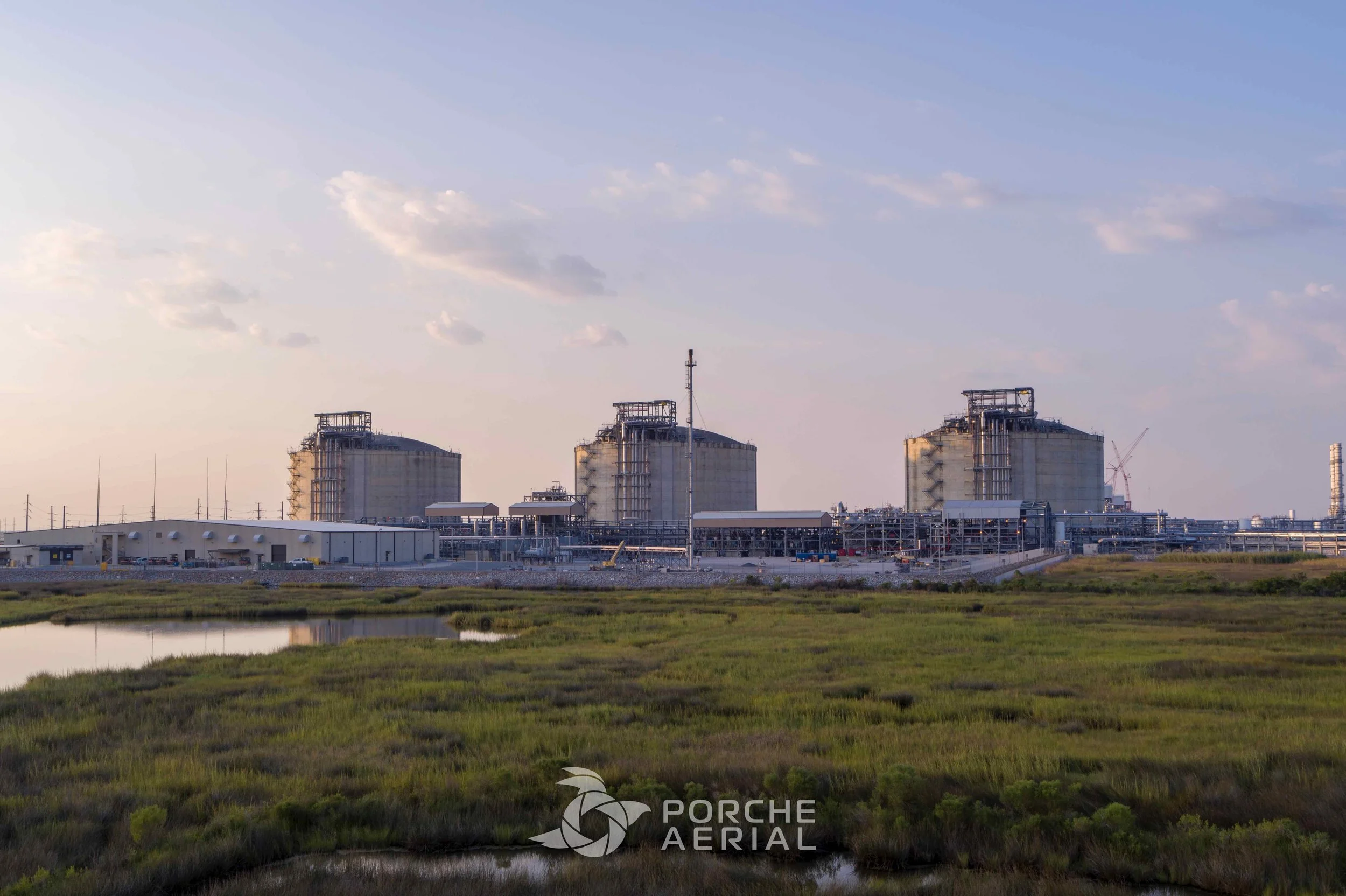FAA PART 108
What Is FAA Part 108?
The Next Evolution in Drone Regulation
The FAA has officially proposed Part 108, a sweeping new rule designed to allow routine Beyond Visual Line of Sight (BVLOS) drone operations in the U.S. airspace.
If finalized, Part 108 will unlock a new wave of use cases like:
Long-range infrastructure inspections
Persistent surveillance
Agricultural spraying and surveying
Industrial asset monitoring
Scalable package delivery
At Porche Aerial, we're already preparing for this next chapter in commercial drone operations!
Why Part 108 Exists
The FAA currently requires drone pilots to operate within visual line of sight (VLOS) unless granted special exemptions. This has limited the reach and scalability of drone programs nationwide.
The newly proposed Part 108 creates a standardized framework for safe, repeatable BVLOS flights without relying on case-by-case waivers.
The proposal is part of the FAA’s broader effort to:
Integrate drones more fully into the National Airspace System (NAS)
Maintain safety while enabling innovation
Compete globally with countries like Japan, Australia, and the EU, where BVLOS is already scaling
How It Works:
Permits vs Certificates
FAA Part 108 proposes two tiers of operational approval. Porche Aerial is preparing to qualify for both, allowing us to offer scalable solutions tailored to every use case.
Operating Permit:
For lower-risk missions (e.g., mapping, ag spraying, training):
Lightweight drones
Lower speeds
No over-people operations
No SMS required
Operating Certificate:
For higher-risk operations (e.g., delivery, corridor inspection):
Larger drones (up to 1,320 lbs)
Over-people permission possible
Multiple drones per operator
Requires a formal Safety Management System (SMS)
Additional FAA oversight and data reporting
Key Concepts OF Part 108
Part 108 isn’t just about increasing drone range. It introduces a comprehensive operating framework built around these core principles:
Performance-Based Rules
Operators must demonstrate how they will maintain safety through performance, rather than simply checking boxes. The focus shifts from static rules to dynamic risk mitigation.
Shift in Personnel Roles
Instead of requiring individual pilot certificates, Part 108 places accountability on the operator organization:
Operations Supervisor – Oversees the overall safety of the operation
Flight Coordinator – Monitors live missions and intervenes if necessary
This structure allows companies like Porche Aerial to scale operations while maintaining clear internal responsibility.
Airworthiness Acceptance
Rather than full FAA type certification, drones must meet defined standards related to:
Battery health and lifecycle management
Software integrity and update traceability
System redundancy and communication reliability
This enables safer, scalable BVLOS operations without overburdening operators with legacy certification processes.
UTM and Automated Data Services
Part 108 depends on the integration of third-party services to manage low-altitude airspace. These include:
UAS Traffic Management (UTM)
Conformance Monitoring
Strategic Deconfliction
These systems will be regulated under the forthcoming Part 146. Porche Aerial is already aligning with UTM-capable platforms to meet these anticipated requirements.
Shielded Operations
Strategic Deconfliction, and More
Additional highlights from the NPRM include:
Shielded Area Flights – Special rules for operations near buildings or critical infrastructure
Remote ID Required – As expected, all BVLOS ops must use compliant drones
No Manned Pilot License Needed – Just documented internal competency and training
These provisions make BVLOS far more accessible to commercial operators like us and safer for the public.
Looking ahead
When the final rule is published, Porche Aerial will be ready to deploy BVLOS services immediately, leveraging the infrastructure, technology, and procedures we’ve already put in place.
We're committed to helping our clients adapt, stay compliant, and take full advantage of the new capabilities Part 108 will unlock.
Stay tuned as the FAA moves forward with this industry-changing implementation.


